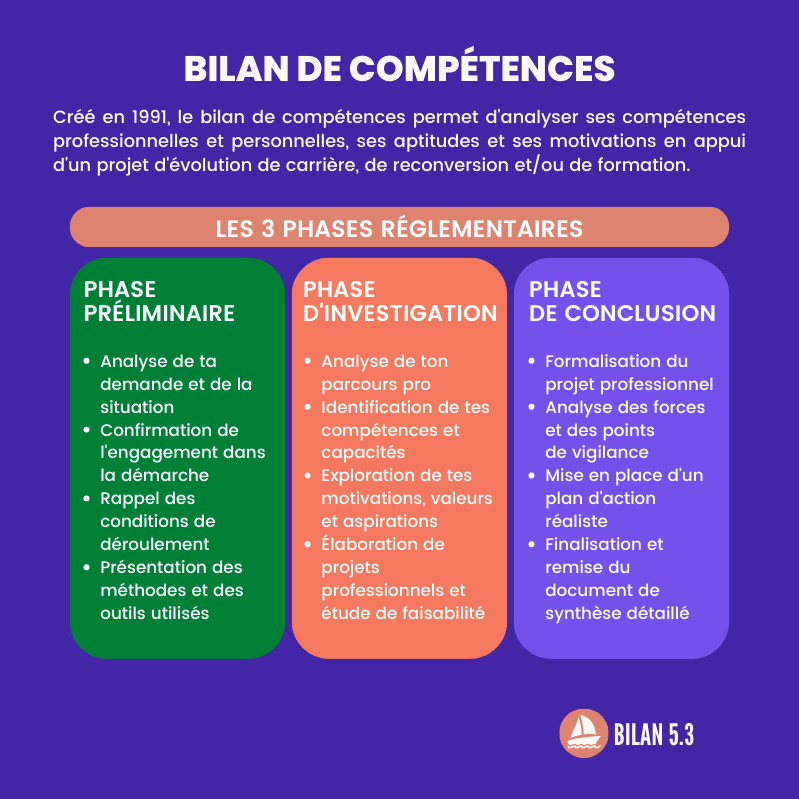Neanderthals used antibiotics and natural painkillers to treat their infections and pain, reveals the teeth of our ancestor.

Who would have thought that ancient teeth held so many secrets about our ancestors? Our extinct cousin, Neanderthals, had dirty canines. And that’s good for research in paleontology. The dental plaque of four hominids found in Spy (Belgium) and El Sidrón (Spain) has provided valuable details on the diet of this extinct species. As astonishing as it sounds, 50,000 years ago, antibiotic treatment was already in progress. This is what an international team shows in the review Nature.
Varied diets
The quenottes in question were taken from two separate prehistoric sites. As a result of their owners’ imperfect dental hygiene, they were still covered with plaque, a bacterial deposit that accumulates between the teeth and the gums. When DNA sequencing of these samples, the researchers obtained much richer results than expected.
“Genetic analysis of the DNA stuck in the plaque opens up a unique perspective on the Neanderthal way of life, and gives us new details about what he ate, his health and how his environment influenced his behavior, ”lists Dr. Laura Weyrich, co-author of the study.

Source : Paleoanthropology Group MNCN-CSIC
Regarding food, the diet of our cousin varies according to the geographical origin. In Belgium, the Neanderthals were rather adepts of woolly rhinoceros, wild mushrooms or even wild sheep. Their Spanish friends had a more vegetal plate: pine nuts, mosses, mushrooms or bark.
An improvised aspirin
In terms of health, however, similarities emerge. Several jaws show signs of dental abscess. Caries and periodontal disease are in fact the daily life of these hominids. Scientists have also found traces of an intestinal parasite, Enterocytozoon bieneusi, causing acute diarrhea.
So how did Neanderthals treat these ailments? Here again, the study provides a detailed answer. And the solutions are not that far removed from those we know today. These hominids ate poplar for analgesia. Indeed, the tree contains the active ingredient of aspirin, salicylic acid, which was not discovered until 1829.
To fight against bacterial infections, here again the solution is not rocket science: Neanderthals resorted to molds which contain a well-known natural antibiotic, penicillin … discovered in 1928 by Sir Alexander Fleming. They also took chamomile and millefeuille to digest after a large meal.
Valuable information
“Neanderthals apparently had a precise knowledge of medicinal plants and their anti-inflammatory and analgesic properties; so it seemed that they were resorting to self-medication, ”explains Prof. Alan Cooper. If the methods of care have hardly changed, basically the bacteria are not the same. Depending on the amount of meat in the food bolus, the oral bacterial population varies greatly.
“This information on the microbiota is the key to understanding the state of health of the host,” emphasizes Carles Lalueza-Fox. For example, Neanderthals had fewer pathogenic bacteria than we do. This would explain the major evolution of the bacterial flora compared to today and why, despite the infections, our cousins kept their teeth.
.















